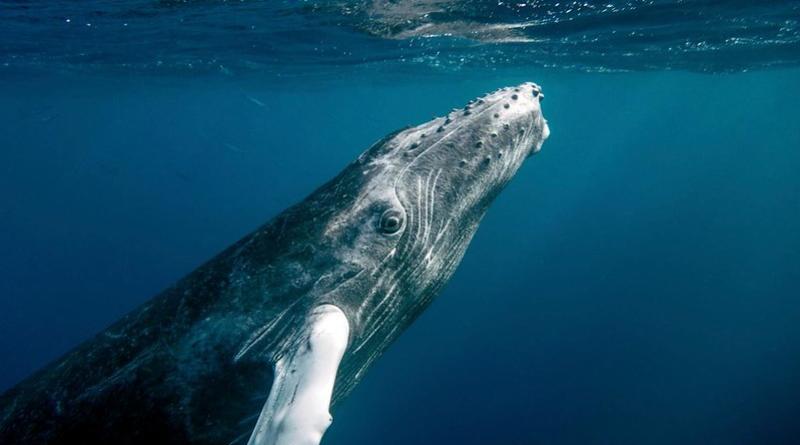After almost 20 years of talks, the gavel fell on a new international treaty to protect the world’s oceans that lie outside national jurisdictions.
Countries agreed on a legal framework for governing those remote parts of the oceans, where, far from sight, human activities have often gone unchecked.
Once formally adopted, the treaty will form the basis for the creation of marine protected areas and help reach a goal to protect 30% of the seas by 2030.
That’s all good news albeit the fact environmentally risky deep sea mining, which is governed by its own UN body, will be exempt from the treaty’s environmental assessment framework, Matteo Civillini reports.
The lesser known International Seabed Authority is currently negotiating a mining code that will lay the rules for extracting minerals used in EV batteries from the international seabed.
Campaigners are concerned that environmental safeguards for deep sea mining will be weaker than those of the high seas treaty, turning the exemption into a “get out of jail free card”.
Others remain optimistic the treaty will stitch the patchwork of ocean governance and avoid a two-tier standard: one for the oceans and another for their seabeds.





